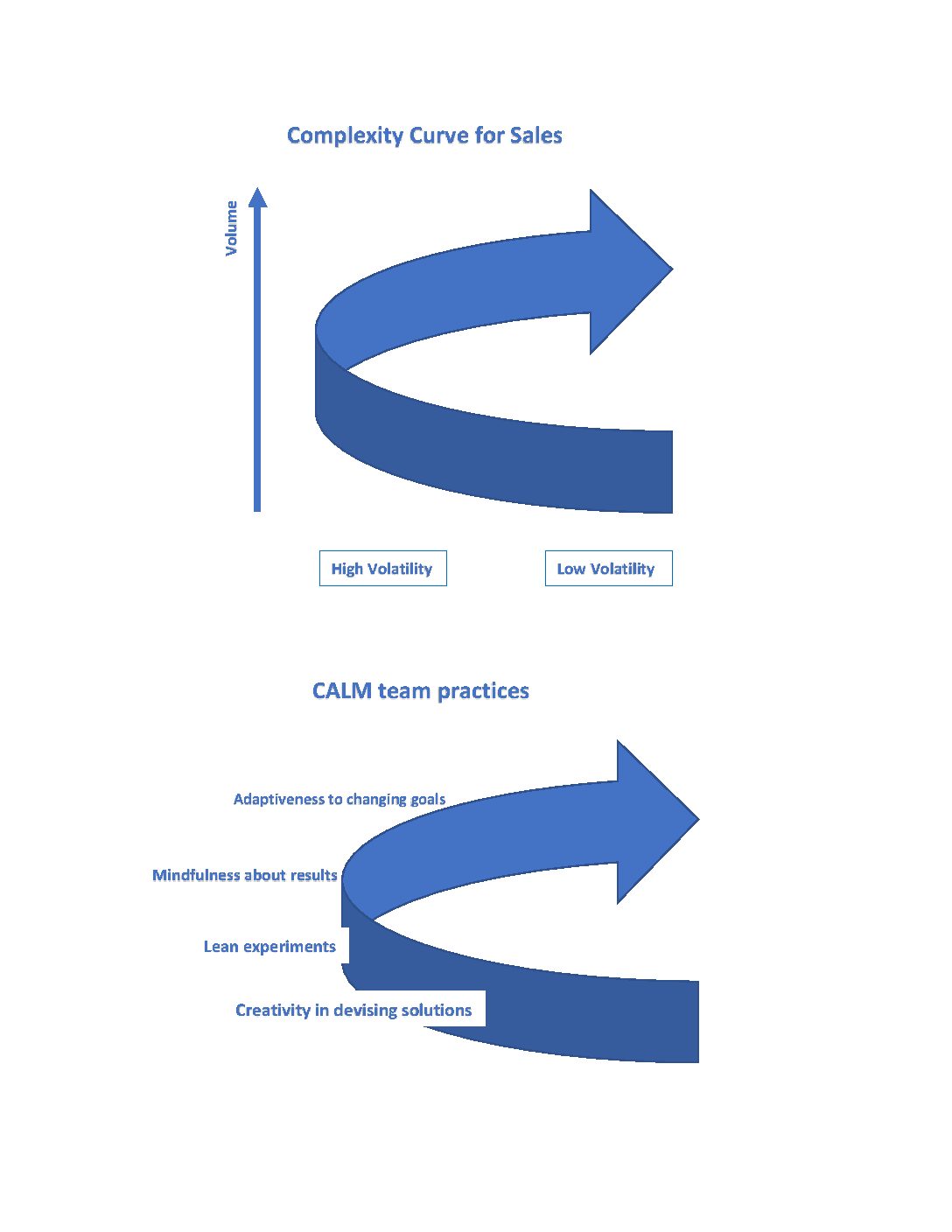Special to Santa Cruz Works
“Looker?” asked the sales consultant over the roar of 5,000 entrepreneurs and engineers frantically canvassing the vendor hall at The Indus Entrepreneurs 2018 Inflect conference in Santa Clara. Pivoting in front of his company’s neural-net mandala logo, he shrugged. “It’s a toy.”
In a way, the comment was to be expected. Ever since Gartner included it in the IT consultancy’s Magic Quadrant of 20 top business-analytics providers, Looker has become a target.
Recent entrants trying to catch up with the market leaders, moreover, are hyping their use of machine learning as the new killer app of business intelligence. According to this pitch, business-analytics systems lacking machine-learning capabilities are the scarecrows-without-brains of the business-intelligence world. Unless you pepper-spray your users with indicators earning a high score in predictive power from your machine-learned algorithms, runs the argument, you’re offering little more than business entertainment in the form of flexible and fancy graphics.
This AI-centric view of the world divides business intelligence into two domains – visualization and thinking. The objects of the first domain are facts ripe for visualization, like page views, clicks, and sales. The domain of thinking is connections between those facts, like the impact of page views on sales.
There’s no room here for concepts – the things our minds use facts to compute – like awareness or brand. Databases contain the facts; neural nets do the thinking when they search for easily computed connections among them.
How outrageous is it, then – in this brave new world where data and logic exhaust knowledge – that one of the latest business-analytics providers invited into Gartner’s Magic Quadrant should be an up-to-date pirate from Santa Cruz in no hurry to add machine learning to its analytic subroutines? How can Looker get away with it?
The answer is that Looker is providing a tool for discovery that machine learning doesn’t particularly support. It helps search for root causes of complex outcomes that the things we currently measure don’t explain. The Looker platform lets data strategists ride shotgun with decision makers to knit together new-to-world indicators that can predict highly variable business outcomes, like the profitability of an unpredictable business. Those indicators then guide new-to-world initiatives to shape the outcomes.
It’s a muscular way to overcome a subtle limitation of data mining in general and machine learning in particular: The only way to generate complex business outcomes is with a few equally complex root causes. This implies the only way a business leader can shape a unique and surprising set of results is with an equally unique and surprising strategic initiative – the kind of initiative for which no indicator or measure is likely to reside in any database.
Suppose, for example, the growth of a business selling group productivity training and an online collaboration tool in the form of a SaaS has become erratic – just before a funding round. Let’s say there’s plenty of evidence in the form of neat bell curves on the efficacy of training and productivity-tool sales practices – and the team has used it all to target the two markets.
But how can sales practices described by neat bell curves explain erratic results? Eventually the team finds it needs to pitch the SaaS to training customers so they believe the training solutions will be sustainable. And it needs to pitch the training to SaaS customers nervous about implementation. There’s an indicator for a sales practice like this – but, like the practice itself, it’s far more complex than the indicators measuring widespread tactics.
The idea that the only way to generate complex business outcomes is with a few equally complex root causes may be subtle but it follows from three simple premises.
- Complex phenomena have surprising outcomes. (They’re hard to predict, like the sales of our training-and-SaaS business.)
- Causes must have as much variability as the outcomes they explain. (Variability in sales or profit must come from variability in something else – like the hard-to-predict mixed needs of the training and SaaS market segments in our example.)
- Outcomes of many independent causes are nearly always simple. (When many forces are at work, most of them will usually cancel one another out. This is exactly what happens when you look at sales results for many similar customers – each is unique, but the differences cancel.)
In short, don’t expect simple solutions to complex problems. If you can’t explain variability in sales by variability in pricing strategy then it may be time to look at what is affecting your buyers’ beliefs about their alternatives. If you can’t explain shifting profitability of a service unit by shifting staff compensation then it’s time to model their productivity. If you can’t explain sales using clicks on a product description, it’s time to sit down with someone and find what clicks prior to the product description do explain them.
This is what Looker founder Lloyd Tabb had in mind with his example of improving customer experience in a busy New York restaurant (recounted here). The best way to get a grip on surprising customer satisfaction outcomes will probably be through a unique and equally surprising indicator of quality. He suggests tracking the tables with less-than-half-filled water glasses. It’s more tractable that customer satisfaction. It looks highly predictive. But it doesn’t sit in your data warehouse.
Of course, machine learning stitches new indicators out of simpler ones all the time. But the links are buried in the hidden layers of a neural net. Finding them is like finding the perfect version of Hamlet in Borges’ imagined library of every possible combination of words. Machine learning can show you which current indicators matter – but not the specific combinations in which they matter.
Looker helps businesses discover new metrics that get closer to the root causes of the outcomes they need to shape and inflect. Waiting for humans to make those discoveries no doubt slows down the machine. But humans are the only ones who can put them to work.




